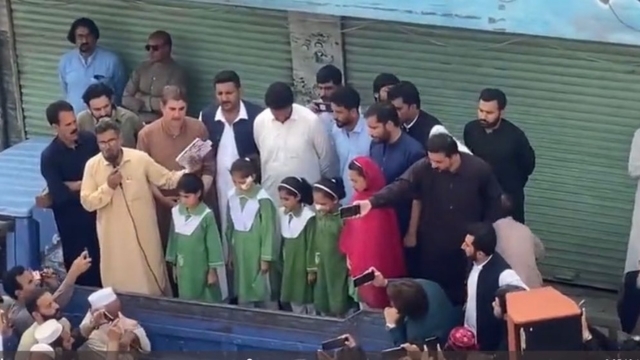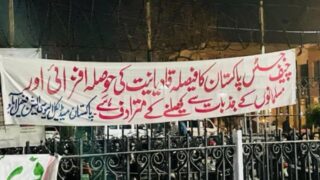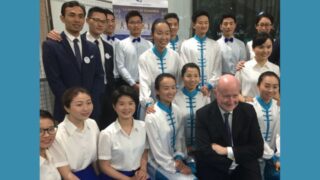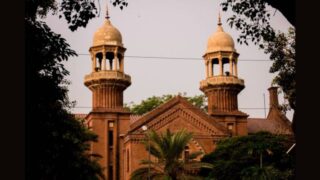Two young girls were killed and five injured. “We are targeted both because we are Catholic and because we educate girls,” the Bishops said.
by Daniela Bovolenta


Pakistan’s Catholic Bishops learned to be moderate and patient, but there are limits to patience too. This is the message they are conveying to their flock and to the government after the bloody attack of May 17 against Sangota Public School in the Swat District of Khyber-Pakhtunkhwa. The school is run by the Sisters of the Presentation of the Blessed Virgin Mary.
Due to the sectarian tensions, police posted an officer outside the school’s gate. However, on May 17 the policeman, one Alam Khan, opened fire against a school van, killing two girls (one aged only nine) and wounding five others and an adult. The policeman was arrested. However, relatives of the victims and supporters of the school are protesting, as the incident has been officially blamed on the “mental health” of the man, without investigating his possible relations with Muslim extremist groups.


As reported by Aid to Church in need last week, the Bishops decided to raise their voices too.
Archbishop Joseph Arshad of Islamabad-Rawalpindi, said, “We feel threatened and insecure amid growing terrorism in the country. This is regrettable.”
Archbishop Sebastian Shaw of Lahore said in a statement that, “We Catholics, and Christians in general, run some girls-only schools. And some people are against the education of women, in Pakistan and elsewhere. This man oversaw security for the children, the staff, the parents, everybody. That is what he was paid for. But in a moment of madness, he did this because the school teaches girls. This shows how aggressive these groups that are opposed to women’s education can be.”


Catholic Bishops in Pakistan do their best to maintain a dialogue with the government, and Shaw humored the authorities by mentioning the assassin’s “moment of madness.” However, he also referred to “groups” opposing female education and religious minorities.
In fact, he added that “the government has to do more to protect [educational] institutions and the people who are committed to education and health.”









